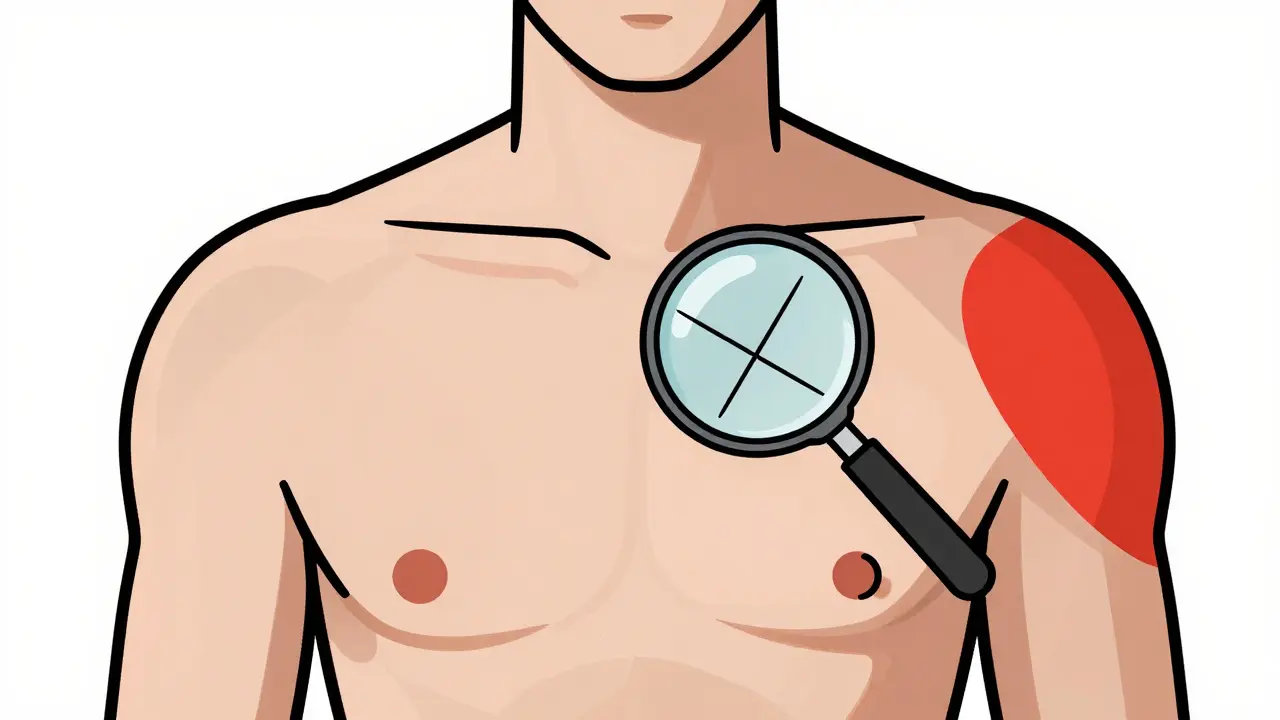Oncology: Practical Guide to Treatments and Drug Choices
Cancer treatment can feel overwhelming. This oncology category breaks down common drugs, what they do, and how they affect daily life. I focus on clear comparisons, real trial findings, and patient stories so you can quickly see what matters.
Hormone therapies often come up for breast cancer. Anastrozole and Tamoxifen work differently: Anastrozole lowers estrogen production while Tamoxifen blocks estrogen receptors. Recent trials show Anastrozole can reduce recurrence more in postmenopausal women, but it may cause joint pain and bone loss. Tamoxifen can raise the risk of blood clots and hot flashes, yet it may suit premenopausal patients better. Talk with your oncologist about bone checks, blood clot signs, and which side effects you can manage day to day.
Targeted drugs like Everolimus aim at specific cancer pathways. Many patients report better symptom control and slower tumor growth, especially when other treatments stop working. Everolimus can cause mouth sores, fatigue, and increased infection risk, so dental checks and watching for fevers matter. I include a patient-focused review that highlights quality of life changes and practical tips for handling side effects at home.
Combination chemotherapy remains a backbone for many cancers. Melphalan is often paired with other agents in multiple myeloma and ovarian cancer trials. Combining drugs can boost response rates but raises toxicity risks like low blood counts and infections. Recent trial summaries show promising outcomes when dosing and timing are adjusted carefully. If you face combination therapy, ask about growth-factor support, infection prevention, and how labs will be monitored.
Choosing a treatment: questions to ask
Which side effects will affect my daily life? How will this drug change my routine? Are there simple tests to catch problems early? What support is available for symptoms like fatigue, nausea, or mood changes? These questions point you toward treatments that fit your life, not just the tumor.
Managing side effects and staying informed
Small steps help: keep a symptom diary, track weight and energy, and carry a list of current meds to every appointment. Ask your care team about bone density scans with aromatase inhibitors, infection signs with targeted drugs, and blood-count checks with combination chemo. Joining a support group or reading patient-focused trial summaries can give practical tips you won’t find in technical papers.
Trials keep changing options. Read trial summaries that mention patient age, prior treatments, and measurable outcomes like progression-free survival or symptom scores. If a study sounds relevant, print the abstract and ask your team how the findings apply to you. Practical details matter: dose adjustments, monitoring schedules, and travel for infusions can make or break a treatment plan. Knowing these logistics helps you pick a path that fits your life. Ask your questions.
If you want short reads on specific drugs, check the posts listed here for clear comparisons, trial highlights, and patient experiences. Use this category as a starting point to ask focused questions at clinic visits and to find treatments that match your goals and daily life.

Melanoma: How Early Detection and Immunotherapy Are Saving Lives
Dec 21 2025 / OncologyMelanoma survival rates jump from 32% to 99% when caught early. Learn how AI skin scanners, wearable patches, and modern immunotherapy are changing outcomes-and what you can do right now to protect yourself.
VIEW MORE
Sorafenib and Its Potential Role in the Treatment of Breast Cancer
Nov 3 2025 / OncologySorafenib is an experimental targeted therapy being studied for advanced triple-negative breast cancer. While not approved for this use, early trials show it can slow tumor growth in some patients when other treatments fail.
VIEW MORE
Anastrozole vs. Tamoxifen: Which is Better for Breast Cancer Patients?
May 29 2023 / OncologyAs a breast cancer patient, I've been researching the differences between Anastrozole and Tamoxifen to determine which treatment is better. Both are hormonal therapies used to prevent recurrence, but they work in distinct ways. Anastrozole is an aromatase inhibitor, while Tamoxifen is a selective estrogen receptor modulator. Recent studies have shown that Anastrozole may be more effective in reducing recurrence rates, with fewer side effects. However, the choice between these two treatments should be made with the guidance of a healthcare professional, taking into consideration the patient's individual circumstances and preferences.
VIEW MORE
The Impact of Everolimus on Quality of Life for Cancer Patients
May 21 2023 / OncologyEverolimus has significantly impacted the quality of life for cancer patients in a positive way. As a cancer treatment, it works by slowing down the growth of cancer cells and has been quite effective in treating various types of cancers. Many patients have experienced improved health outcomes, reduced symptoms, and increased overall well-being after using Everolimus. Additionally, the medication has been shown to help manage side effects from other cancer treatments, making the journey a bit more bearable for patients. Personally, I am moved by the stories of those who have found relief and hope through Everolimus, and I'm grateful for the advancements in cancer research that have made this possible.
VIEW MORE
Melphalan in Combination with Other Chemotherapy Agents: A Review of Clinical Trials
May 8 2023 / OncologyI recently came across several clinical trials that explored the use of Melphalan in combination with other chemotherapy agents. From what I gathered, this combination therapy has shown promising results in the treatment of various cancers, including multiple myeloma and ovarian cancer. The trials demonstrated that combining Melphalan with other agents could potentially improve treatment efficacy and overall patient outcomes. Additionally, these studies also highlighted the need for further research and optimization of treatment protocols. Overall, these findings shed light on the potential benefits of using Melphalan in combination therapy, and I'm excited to see how this area of research continues to develop.
VIEW MORE